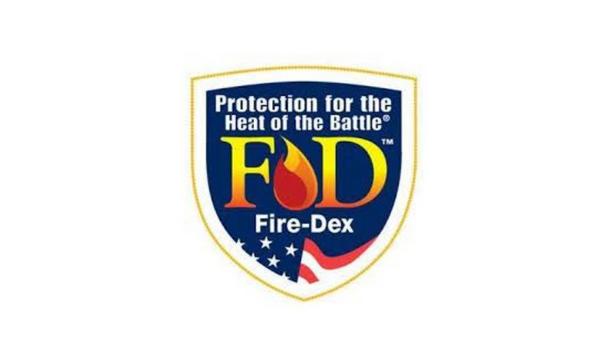In May 2022, the Environment Agency’s Waste Industry Regulatory Services and Chemical Compliance Team (EA) advised the Fire Industry Association (FIA) that they are applying a restriction on persistent organic pollutants entering sewerage systems and the water environment.
This group of chemicals is known to have adverse long-term effects on the environment and human health, and can be found in some fire extinguishers.
Chemicals in fire extinguishers
The chemicals, often known as POPs, PFAS, C6 and/or PFHxA, are sometimes given the moniker forever-chemicals, because they do not degrade.
The Environment Agency’s message directly affects water-based fire extinguishers, which have a ‘B-class’ fire rating and contain the chemicals mentioned. Almost entirely, these are Foam and Wet Chemical extinguishers.
High-temperature incineration for effective disposal
The contents of these extinguishers need to go to high-temperature incineration for disposal
The contents of these extinguishers need to go to high-temperature incineration for disposal, instead of the extinguisher technician discharging it to the sewer via sinks/toilets. There is no alternative treatment or regime to prevent PFAS from entering sewerage systems.
For most foam installations, alternative extinguisher types, which do not contain these chemicals, are available and will be suggested. Wet Chemical is the only option for cooking oil/fat.
What next?
Chubb’s recommended approach is a two-phased one. Firstly, to rein in the installation of new extinguishers, which contain these harmful chemicals. Secondly, a prudent phased approach to remove already-installed extinguishers from service.
In consideration of pulling back on the volume of new foam extinguishers, which contain the chemicals being provided, so as to deliver general coverage to employers’ premises. The action is straightforward. Simply equip new or refurbished buildings with pollutant-free extinguishers e.g., the Chubb Hydrospray extinguisher.
Powder or CO2 perform better on spills than foam
Where an employer has provided foam extinguishers to deal with flammable liquid spills, they should note that either powder or CO2 perform better on spills than foam. In fact, a 2 kg CO2 extinguisher will deal with a spill over 3 liters, so it is more than adequate for most workplaces.
While the chemicals are inside an extinguisher, they do not harm either purse or the environment
It is recognized that specific industrial applications still require foam. In consideration of the latter, a sensible balance can be struck between financial and environmental costs. The chemicals are not banned and they just cannot be discharged into the sewer. While the chemicals are inside an extinguisher, they do not harm either purse or the environment.
Switching to a pollutant-free option
Therefore, the recommended course of action is to replace the extinguisher with a pollutant-free option, when the foam extinguisher requires any remedial attention beyond its basic annual service. There are three occasions when this situation arises, when extinguishers are:
- Damaged or unserviceable.
- Require to be discharged as part of the five-yearly BS5306-3 Extended Service (which cannot now be completed).
- Have been used and require to be refilled. Unless the extinguisher is empty.
Pollutant-free extinguishers
All three moments present an ideal time to change to a pollutant-free extinguisher. which can be discharged and refilled in the future. To help, Chubb will have two new pollutant-free extinguishers in its range by the end of 2022.
The benefits of this environmental switch are reducing Persistent Organic Pollutants in our land and oceans, preventing forever-chemicals entering the food chain and a healthy legacy for future generations. For employers with ISO 14001 certification aspirations, this is a big tick in the box, especially while retaining fire-fighting capability.
Efficient, phased Switch to pollutant-free extinguishers
In summary, to protect the environment from further harm, pollutants from extinguishers must be incinerated, instead of being discharged into sewers. Chubb recommends an efficient, phased movement to pollutant-free extinguishers.
















